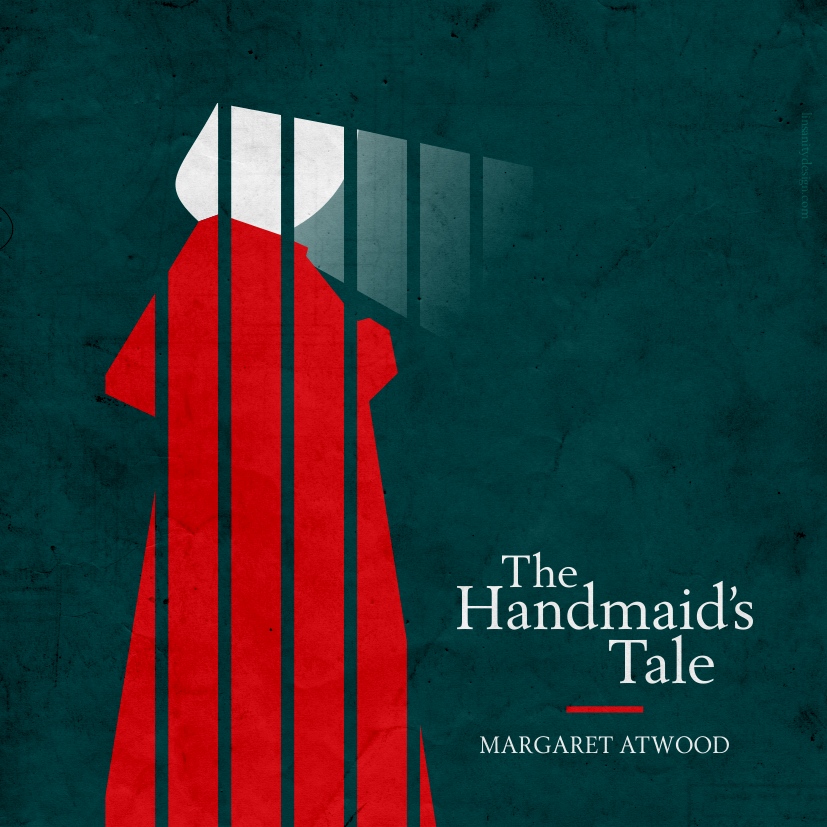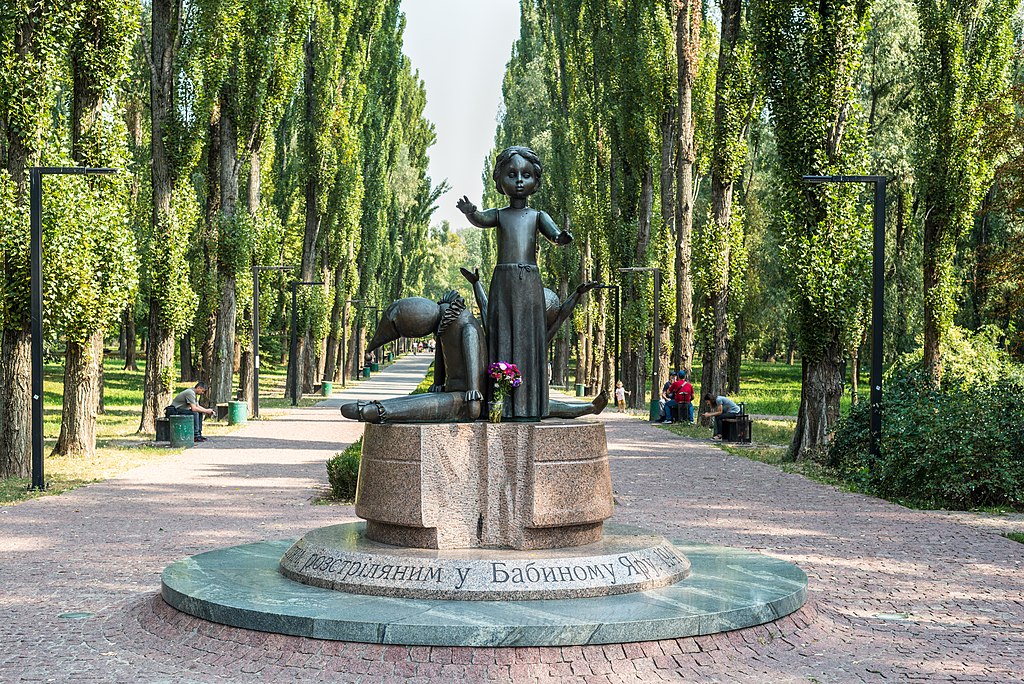The protests in Iran have been seen by many as conclusively proving the value of the Internet in organising and reporting civil movements.
Perhaps the tech-savviness is the only unsurprising element of the events of the past few days. Despite restrictions, Iran’s youth are remarkably active on the web, with Farsi the fourth most prevalant language in the blogosphere. As was pointed out at Internet Sans Frontieres:
“In 1979 revolutionary songs started to fill the streets of Tehran while the Shah was boarding the plane that brought him out of the country. Today the web is spreading and amplifying the news of the ongoing protests at last week’s election results.
In Iran there are more than six million web users, the majority of whom are under 25.”
Particular attention has been paid to the events on Twitter, with thousands around the world following #IranElection.
At friendfeed.com, you can view an aggregation of all related tweets coming out of Iran.
Citizen photojournalism hub Demotix is hosting pictures from its contributors in Iran here.
As foreign media have now been severely restricted (the BBC having already experienced jamming since Friday afternoon), these citizen sources may be the only way to find out what’s happening.




